The Ohio-class submarines are a series of nuclear-powered submarines used by the United States Navy. These submarines are classified as ballistic missile submarines (SSBNs) and guided missile submarines (SSGNs). Here’s an overview of their features and history:
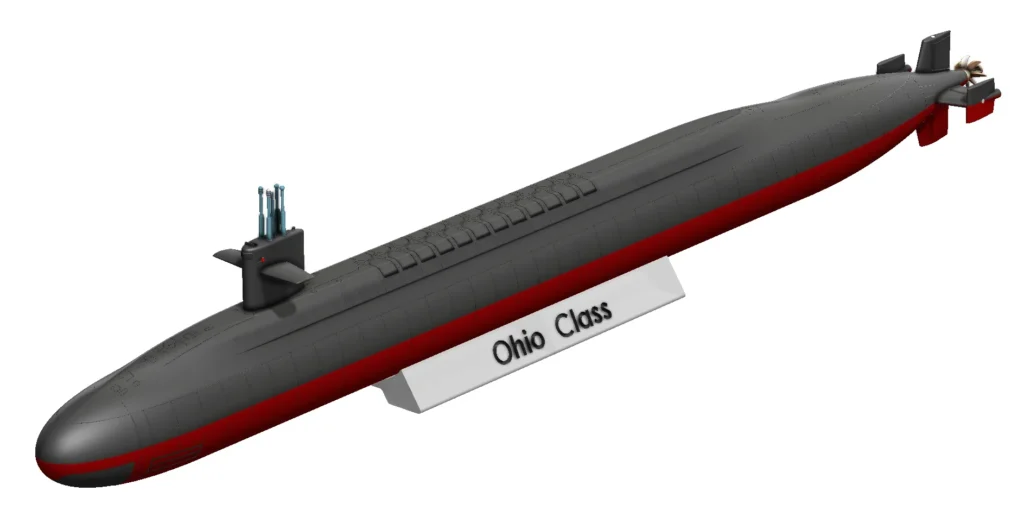
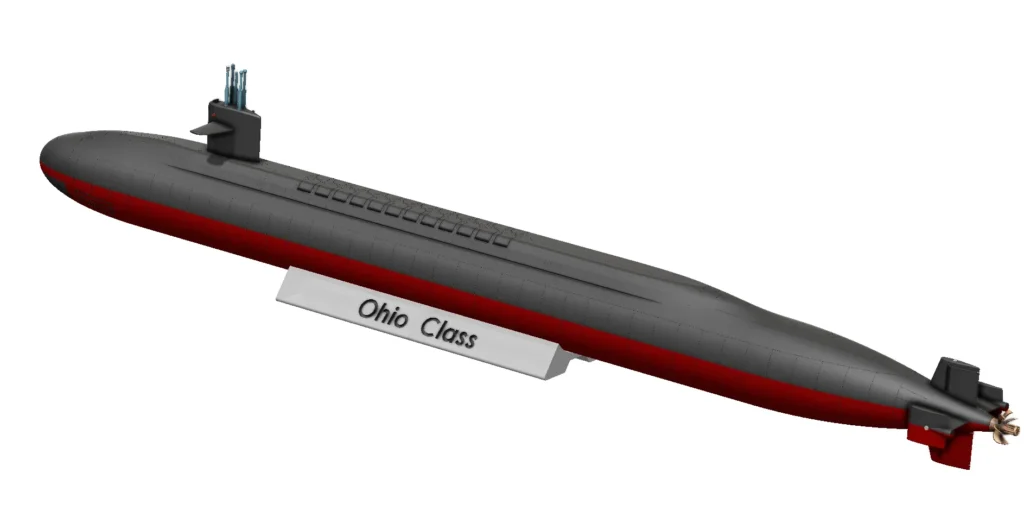
General Characteristics
- Type: Ballistic Missile Submarines (SSBN) and Guided Missile Submarines (SSGN)
- Length: 560 feet (170.7 meters)
- Beam: 42 feet (12.8 meters)
- Displacement: Approximately 18,750 tons submerged
- Propulsion: One S8G PWR nuclear reactor, two geared turbines, one shaft, and one secondary propulsion motor
- Speed: Over 25 knots (46 km/h) submerged
- Range: Essentially unlimited due to nuclear propulsion, limited only by food and maintenance requirements
- Crew: Approximately 155 (15 officers, 140 enlisted)
Continue reading for more info, images, renderings and free STL file for 3d printing your own Ohio Class. If you want to proceed directly to the purchase page for our special file pack IT’S HERE (opens in new tab). This file pack is 17+mb in size, includes the model in 58 separate STL files with high resolution and Unreal Engine compatible GLB formats. All revenue we got from these sales are used for education purposes, thank you for your support.
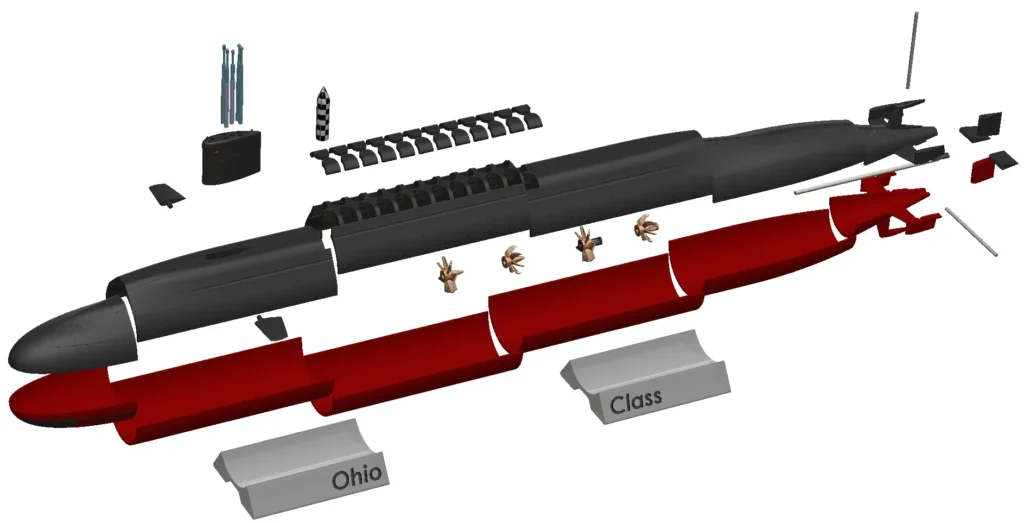
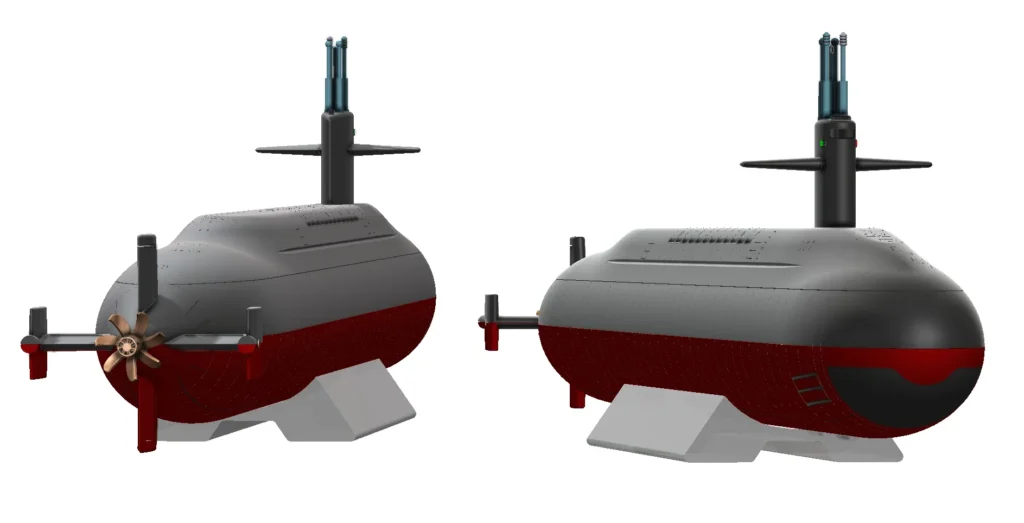
Ballistic Missile Submarines (SSBN)
The Ohio-class SSBNs are designed for strategic deterrence, carrying up to 24 Trident II D5 ballistic missiles. The primary mission of these submarines is to provide the United States with a survivable and credible sea-based nuclear deterrent.
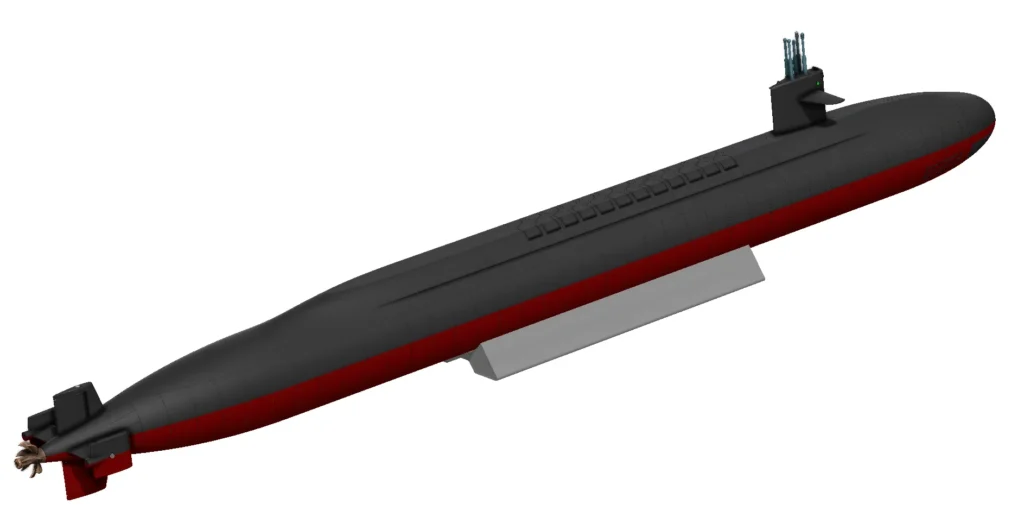
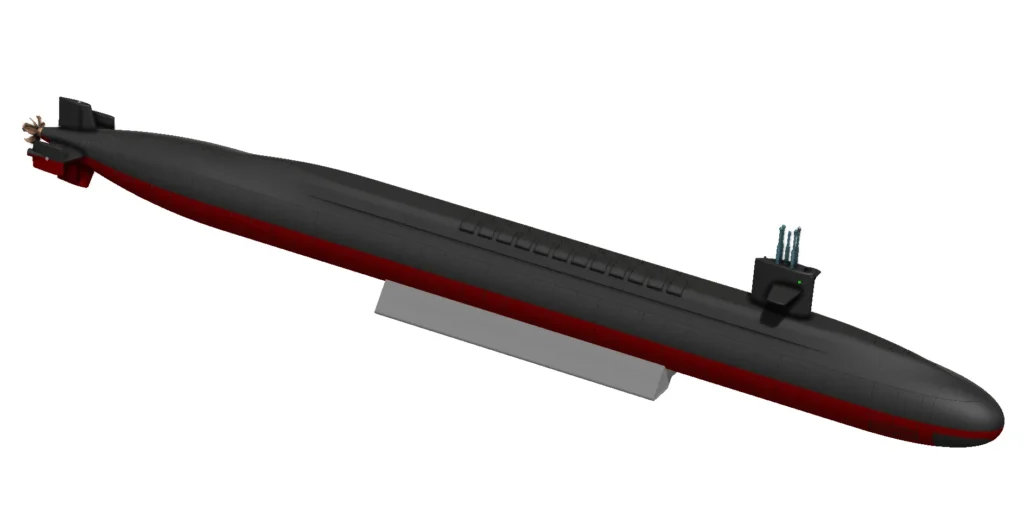
- Missile Load: 24 Trident II D5 SLBMs (Submarine-Launched Ballistic Missiles)
- Patrol Duration: Typically 70-90 days
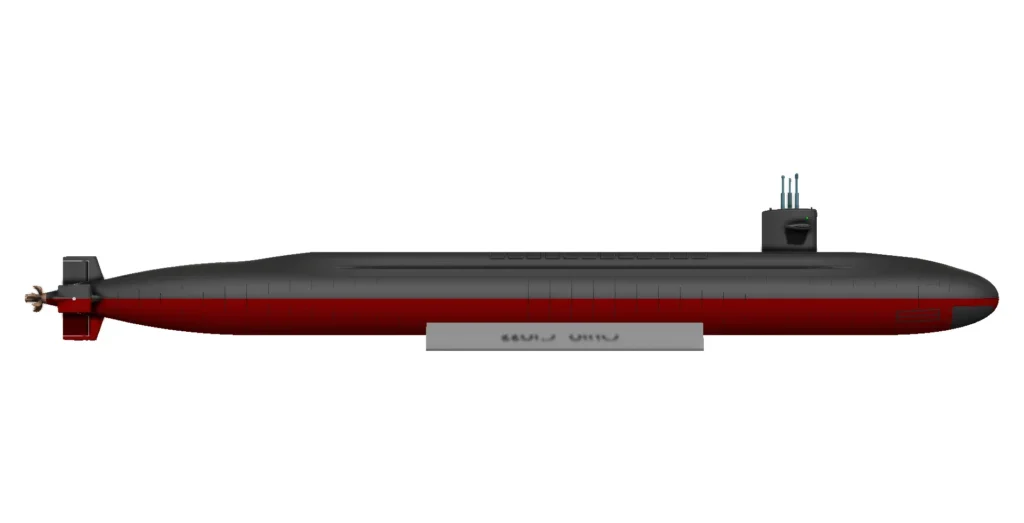
Guided Missile Submarines (SSGN)
In the early 2000s, four of the Ohio-class submarines were converted to guided missile submarines (SSGNs). These submarines now carry up to 154 Tomahawk cruise missiles, as well as being capable of deploying special operations forces.
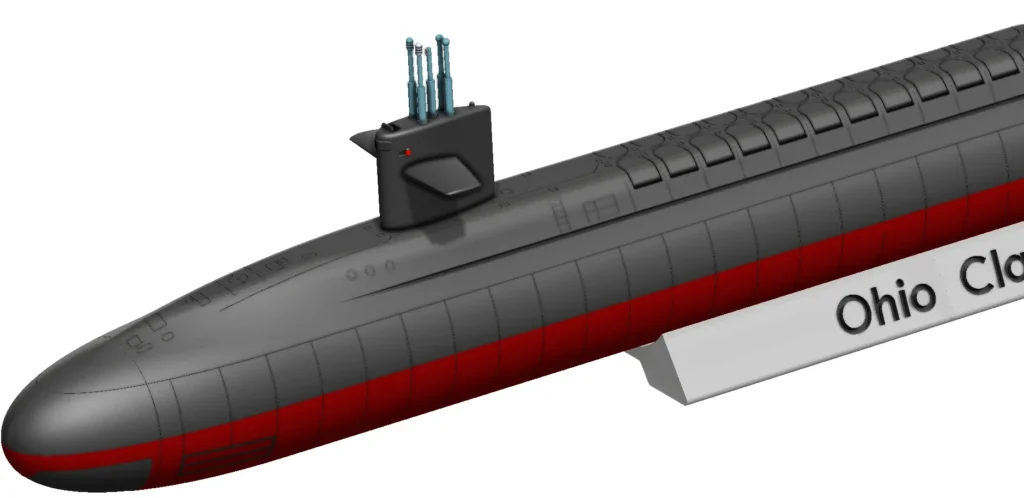
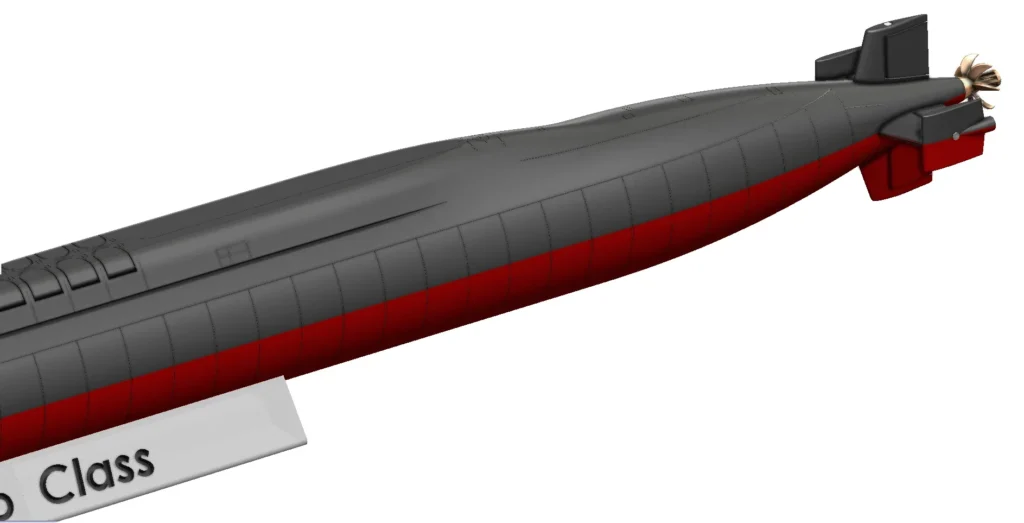
- Missile Load: Up to 154 Tomahawk cruise missiles
- Special Operations Capability: Can carry and deploy Navy SEALs and other special operations forces, equipped with a dry deck shelter and Advanced SEAL Delivery System (ASDS).
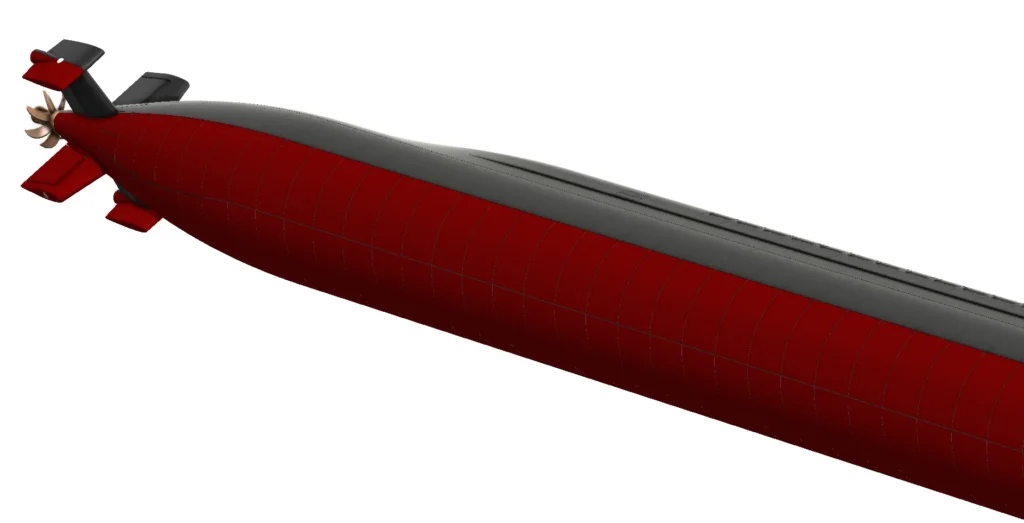
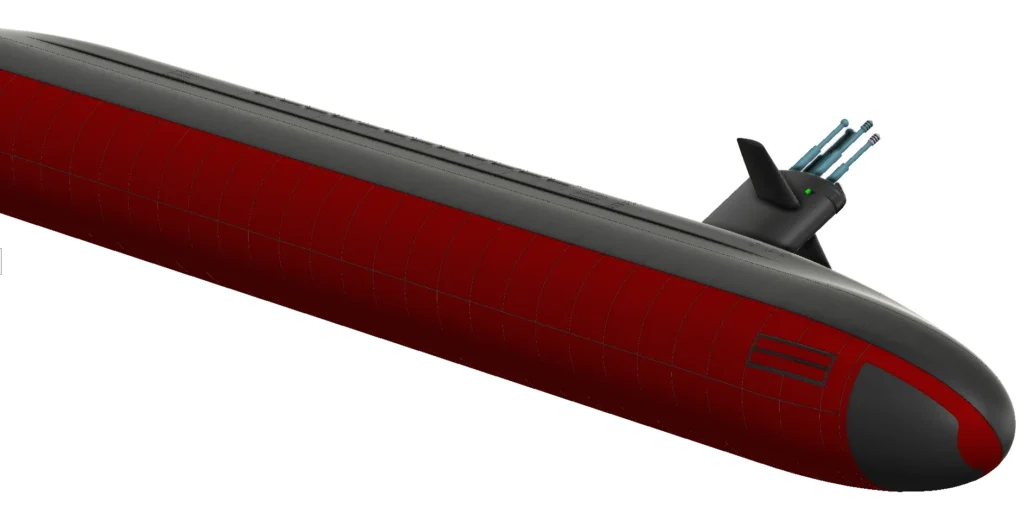
History and Development
- Construction: The first Ohio-class submarine, USS Ohio (SSBN-726), was commissioned in 1981. In total, 18 Ohio-class submarines were built.
- Conversion: In the 2000s, USS Ohio, USS Michigan, USS Florida, and USS Georgia were converted to SSGNs to provide greater versatility in post-Cold War operations.
- Service: The remaining 14 SSBNs continue to serve as a critical component of the U.S. strategic nuclear deterrent.
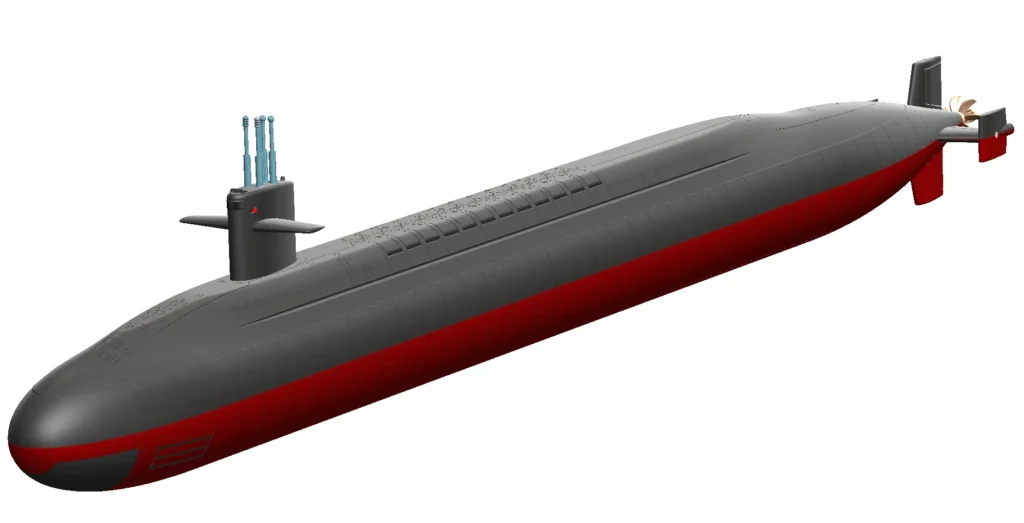
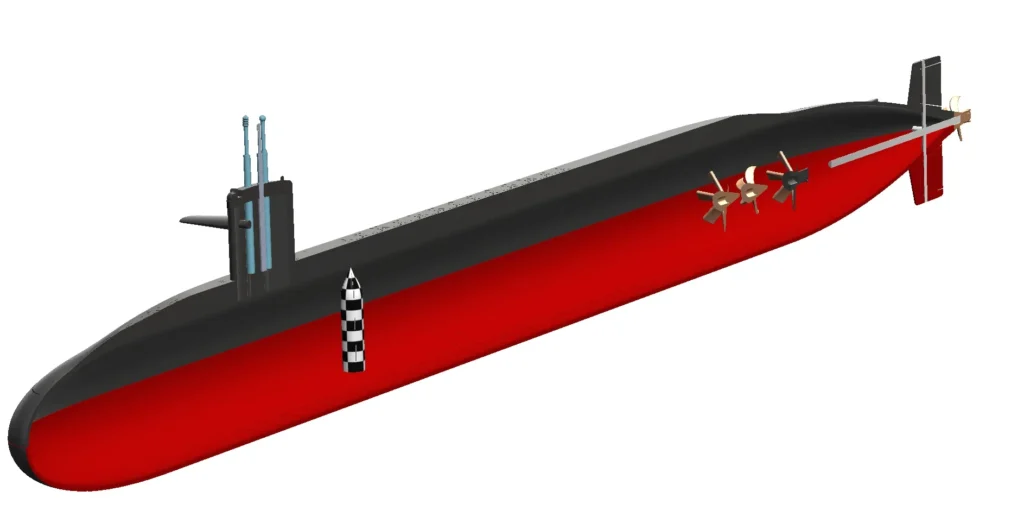

Significance
Ohio-class submarines play a vital role in the United States’ national security strategy. The SSBNs ensure a second-strike capability, deterring potential adversaries by guaranteeing a retaliatory nuclear strike. The SSGNs enhance the Navy’s conventional strike and special operations capabilities, making them versatile assets in modern warfare.
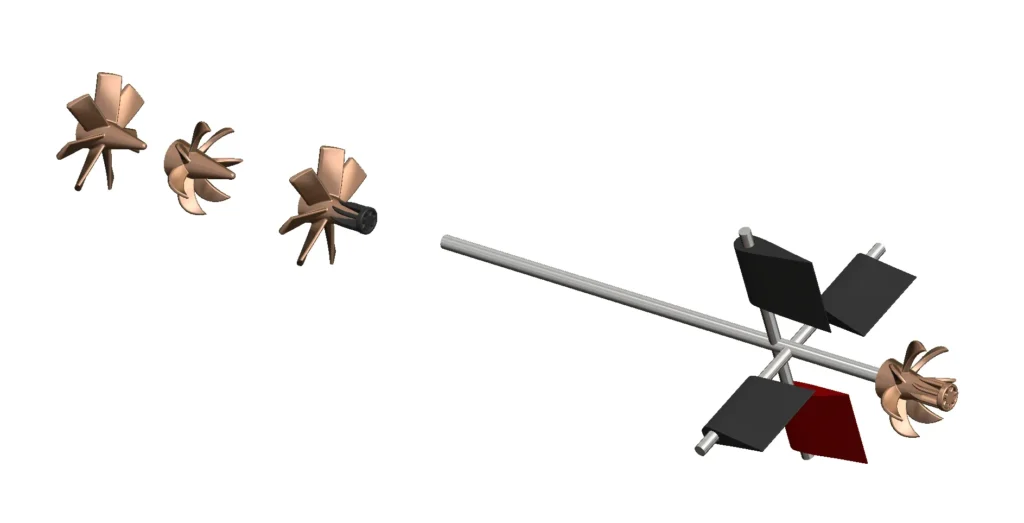
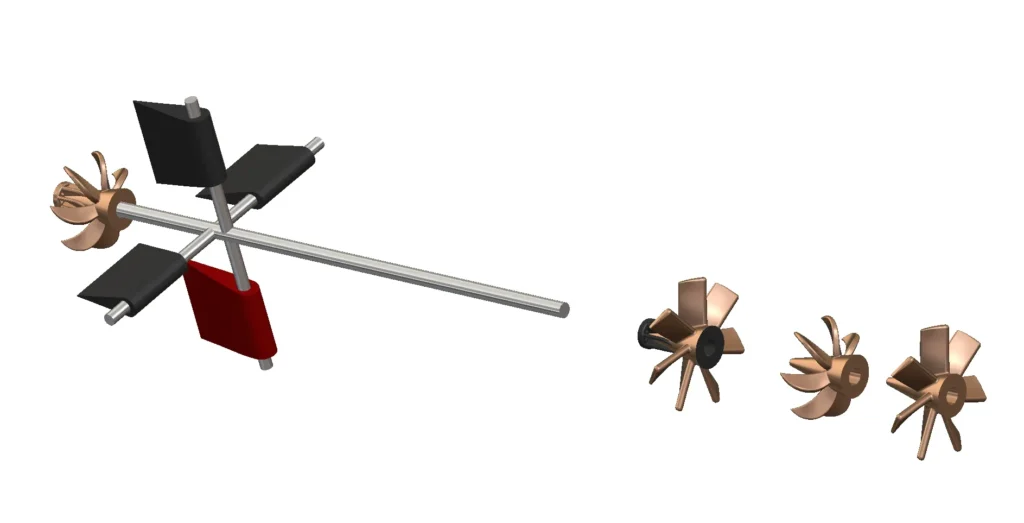
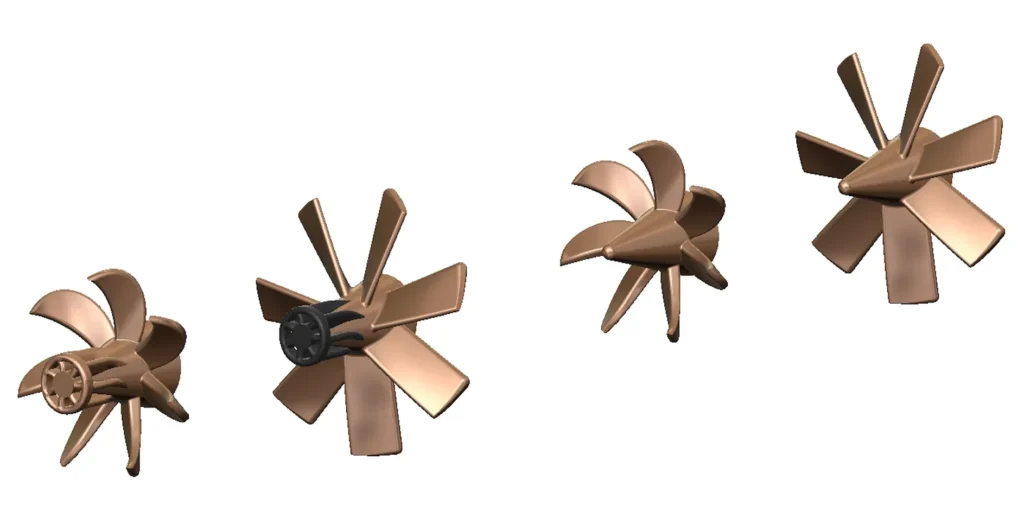
Future
The Ohio-class submarines are expected to be gradually replaced by the Columbia-class submarines starting in the 2030s. The Columbia-class will continue the role of providing a credible and survivable sea-based strategic deterrent.
In summary, Ohio-class submarines are the backbone of the U.S. Navy’s strategic nuclear deterrent force and a key element in its conventional strike and special operations capabilities. Their versatility and power make them one of the most formidable classes of submarines in the world.

USS Ohio, the first of its class, approaches the submarine tender USS Frank Cable.
Big and Mighty
Size Matters: Ohio-class submarines are 560 feet long and 42 feet wide. That’s almost the length of two football fields! Imagine this huge vessel gliding silently underwater.
Powerful Propulsion: These subs are powered by a nuclear reactor, which means they can stay submerged for long periods—limited only by the crew’s need for food and maintenance. They can move at speeds over 25 knots (about 29 mph) underwater.
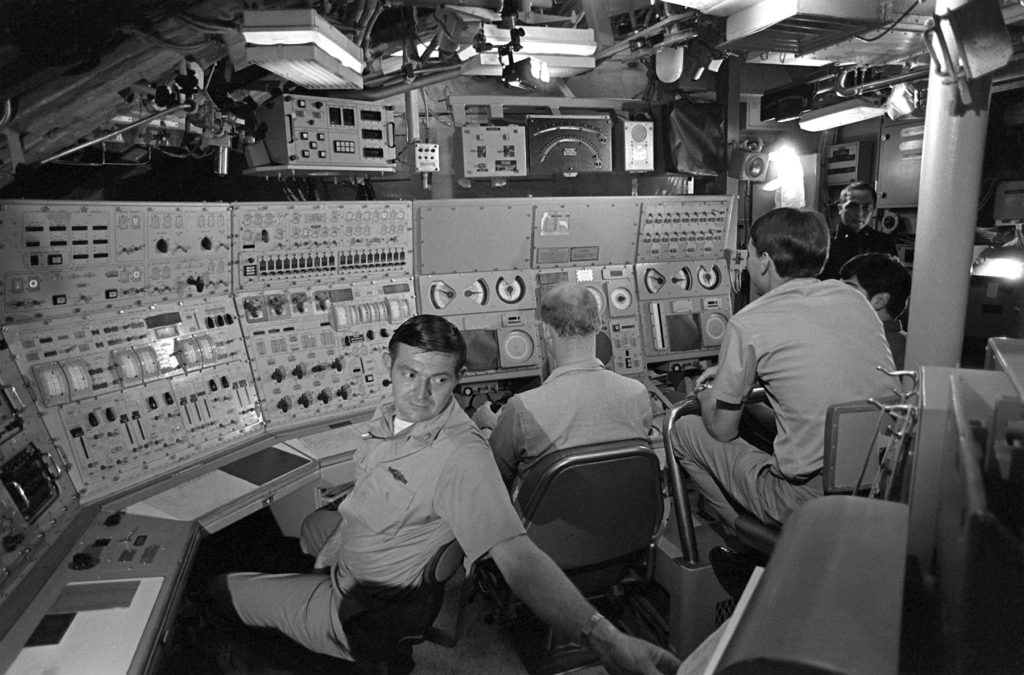
Inside the control room of an Ohio-class submarine.
Two Types of Ohio-Class Submarines
1. Ballistic Missile Submarines (SSBNs): These submarines are all about strategic deterrence. They carry up to 24 Trident II D5 ballistic missiles. Their mission is to provide a powerful nuclear deterrent, making sure potential adversaries think twice before considering a nuclear strike against the U.S.
2. Guided Missile Submarines (SSGNs): Four of the Ohio-class submarines were converted to carry up to 154 Tomahawk cruise missiles. These subs also have facilities for deploying Navy SEALs and other special operations forces. They are versatile, capable of striking targets with precision and supporting covert operations.

A Trident II D5 missile launch – these are the missiles Ohio-class SSBNs carry.
A Brief History
The first Ohio-class submarine, the USS Ohio, was commissioned in 1981. Since then, 17 more of these submarines have been built. In the early 2000s, four of them (USS Ohio, USS Michigan, USS Florida, and USS Georgia) were converted into SSGNs to adapt to new military needs.
The Future
As impressive as they are, the Ohio-class submarines are set to be gradually replaced by the new Columbia-class submarines starting in the 2030s. These new subs will continue to ensure the U.S. has a reliable and powerful sea-based nuclear deterrent.
Why They Matter
Ohio-class submarines play a crucial role in keeping the U.S. safe. Their ability to stay hidden and carry out strategic missions makes them an essential part of the Navy’s capabilities. Whether it’s deterring nuclear threats or supporting special operations, these submarines are true guardians of the deep.

An Ohio-class submarine during an exercise.
With their massive size, stealth capabilities, and powerful armament, Ohio-class submarines are a testament to naval engineering and military strategy. Whether you’re fascinated by their technology or the critical missions they undertake, these submarines are truly remarkable.
How about printing your own Ohio class by using our 3d model?

- Prepare for Printing
- Scale: Decide the scale of your model. Common scales for model ships are 1:350 or 1:700, but you can choose any scale based on your preference and the size of your 3D printer.
- Slice the Model: Use slicing software like Cura or PrusaSlicer to prepare your model for printing. This software will convert your 3D model into layers that the printer can build up.
- 3D Print the Parts
- Printer Settings: Use appropriate settings for your printer and material. PLA is a common filament choice for models due to its ease of use and finish quality.
- Print Components: Depending on the size of your model, you might need to print it in several parts. Larger models can be split into sections like the hull, conning tower, and missile compartments.
- Assemble the Model
- Glue Parts Together: Use model glue or super glue to assemble the printed parts. Sand down any rough edges or seams to ensure a smooth finish.
- Detailing: You can add finer details using additional 3D printed parts or by hand with materials like styrene sheets and rods.
- Paint and Finish
- Primer: Apply a primer coat to help the paint adhere better.
- Paint: Use model paints to paint your submarine. Typically, Ohio-class submarines are painted black with some grey details. Acrylic paints are a good choice for models.
- Weathering: For a more realistic look, add weathering effects using techniques like dry brushing or washes.
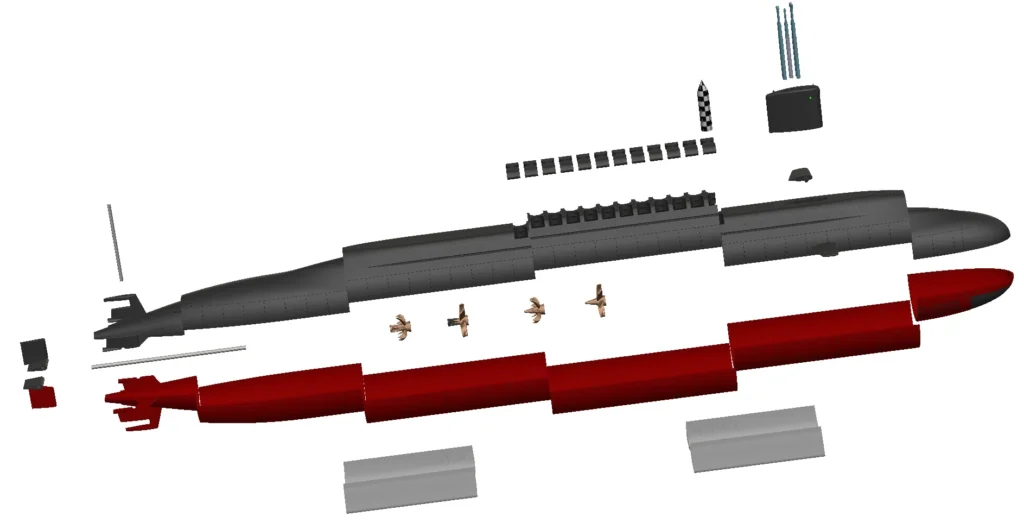
Resources and Tools
- 3D Printer: Any good quality 3D printer like the Creality Ender 3, Prusa i3 MK3, or Anycubic Vyper.
- Filament: PLA is a good choice, but you can also use ABS or PETG depending on your preference.
- Modeling Tools: Sandpaper, modeling glue, tweezers, paintbrushes, and an X-Acto knife.
- Paints: Model acrylic paints, primer, and clear coat for finishing.
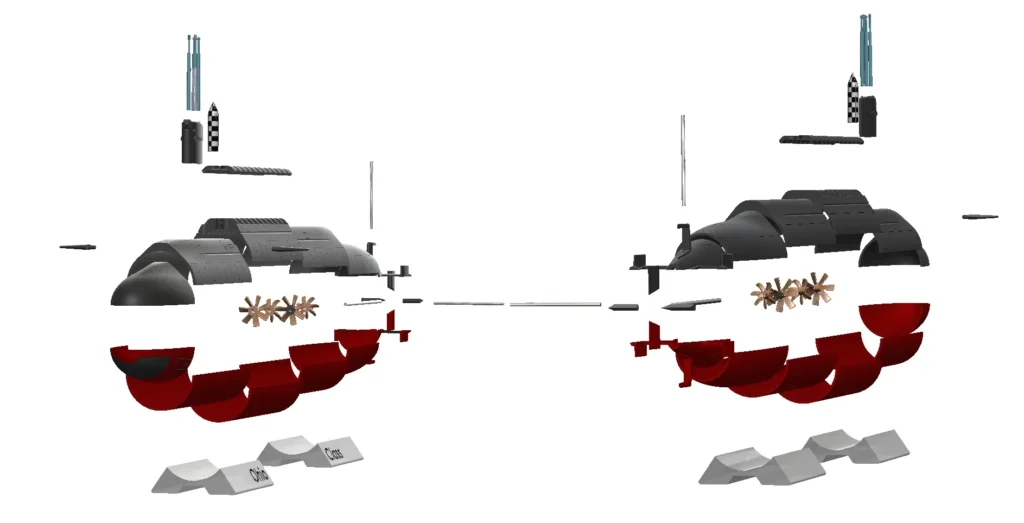
Tips and Tricks
- Test Print: Start with a small section of your model to test the fit and finish before committing to printing the entire model.
- Supports: Use supports for overhanging parts to ensure they print correctly and without sagging.
- Post-Processing: Take your time with sanding and assembly to achieve a professional-looking finish.
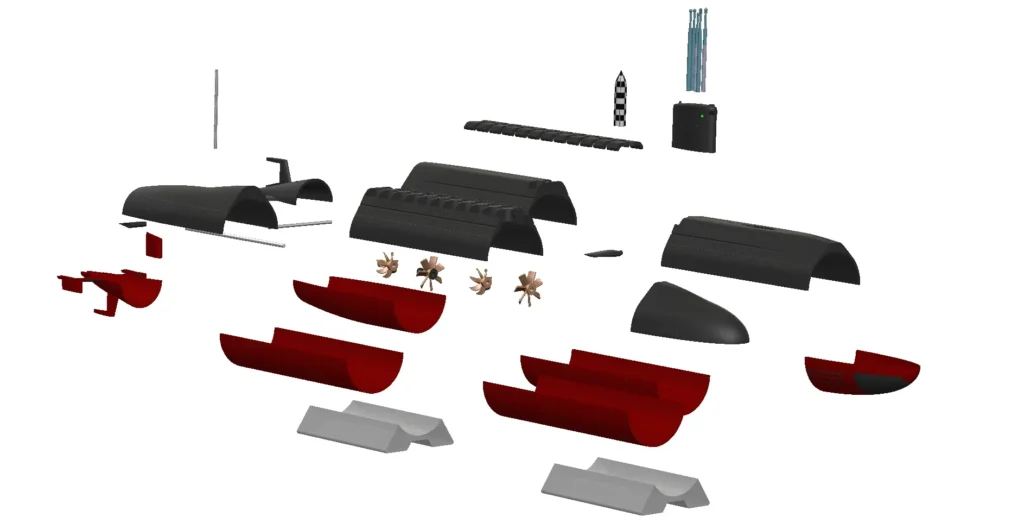
Building a 3D printed model of an Ohio-class submarine can be a fun and educational project, allowing you to learn more about 3D printing, naval engineering, and model making. Happy printing!
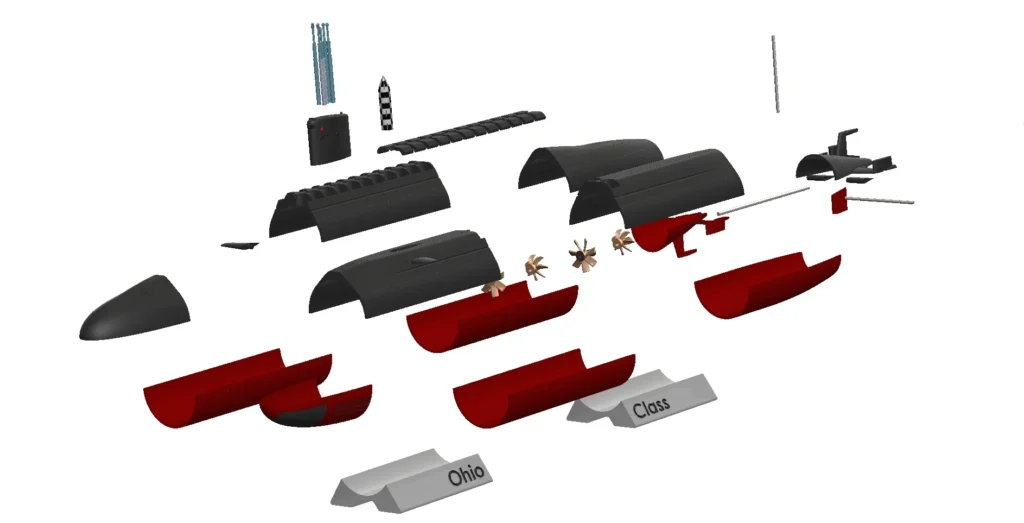
Your free high resolution Ohio on the ocean panorama is below. Download, 3d print and enjoy. If you want to get our special file pack its here (opens in new tab). This file pack is 17+mb in size, includes the model in 58 separate STL files with high resolution and Unreal Engine compatible GLB formats. All revenue we got from these sales are used for education purposes, thank you for your support.
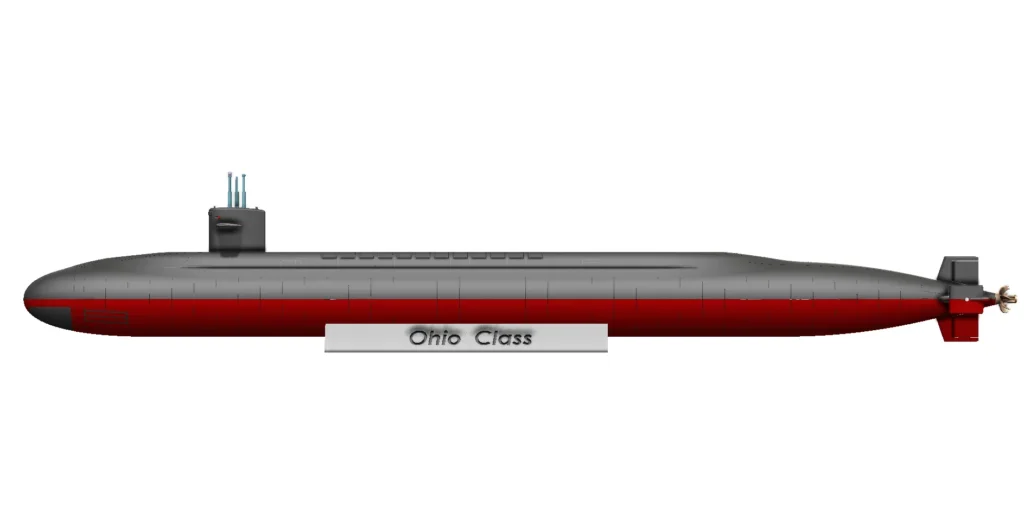
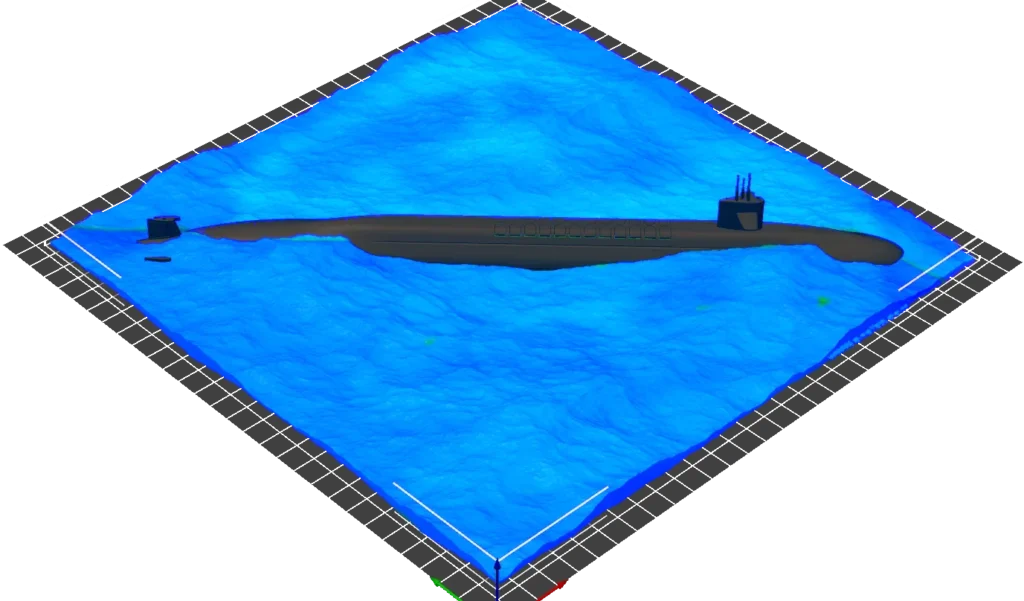







 Users Today : 52
Users Today : 52 Users Yesterday : 75
Users Yesterday : 75 Users Last 7 days : 593
Users Last 7 days : 593 Views Today : 225
Views Today : 225 Views Yesterday : 248
Views Yesterday : 248 Views Last 7 days : 2324
Views Last 7 days : 2324 Total views : 1288535
Total views : 1288535 Who's Online : 0
Who's Online : 0